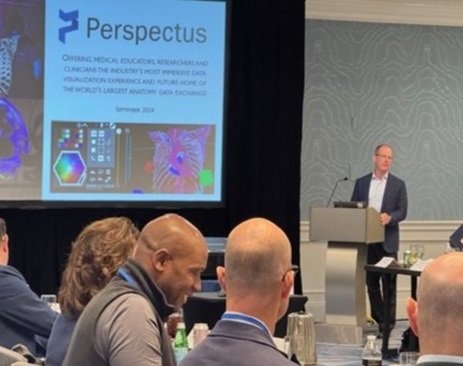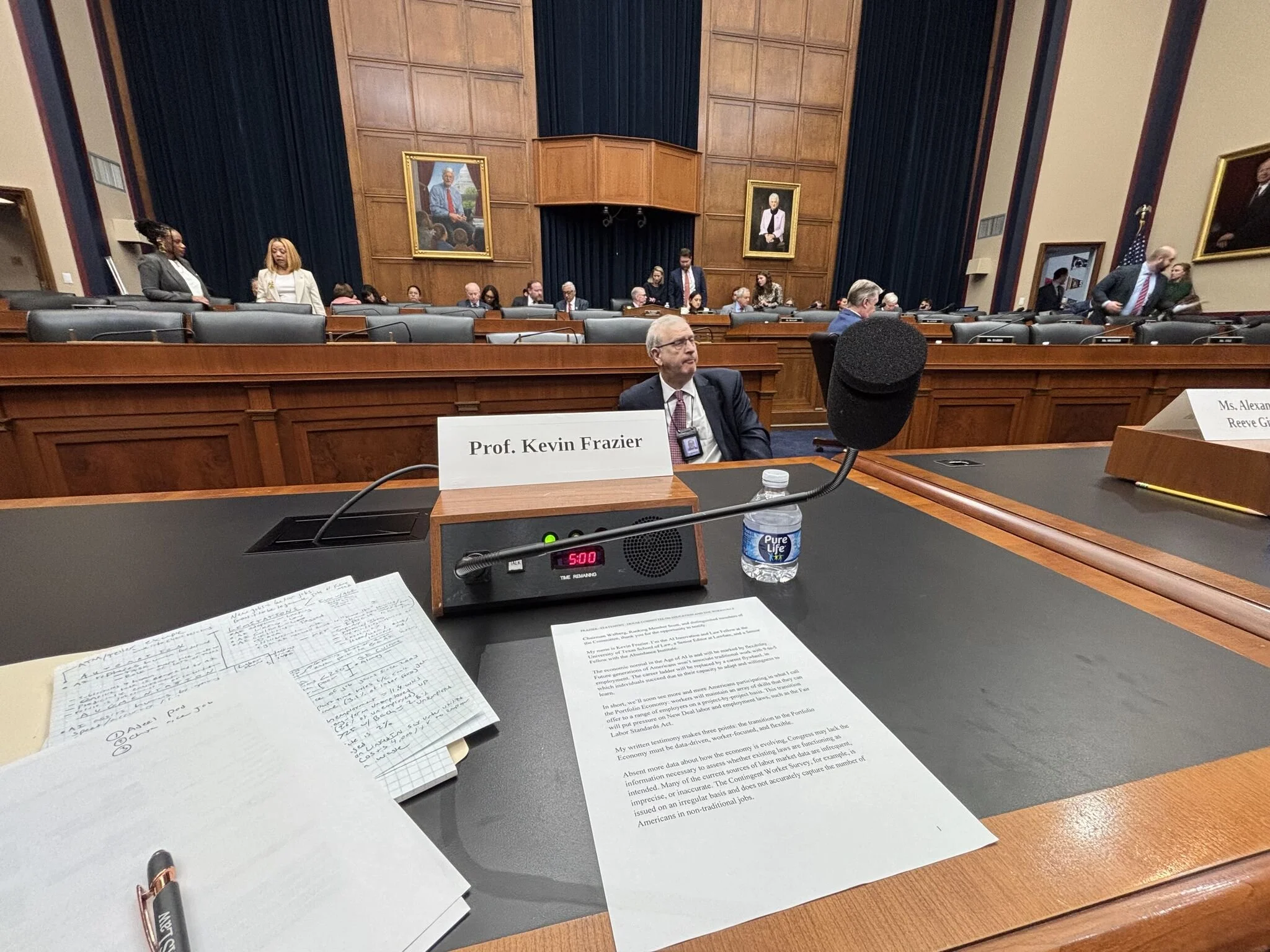Perspectus and AAPA launch partnership to enhance PA training with VR technology

Perspectus and the American Academy of Physician Associates (AAPA) have announced a new partnership to support healthcare training through innovative technology.
The collaboration will bring Perspectus’ immersive virtual reality (VR) platform to physician associates (PAs) and PA students across the United States, integrating advanced tools into their education and practice.
Perspectus’ VR platform enables healthcare providers and students to study anatomy in an interactive 3D environment. The software allows users to manipulate anatomical structures and visualise patient MRI and CT scans, providing a comprehensive understanding of medical diagnoses and anatomy in a virtual setting.
Lisa M. Gables, CEO of AAPA, expressed the organisation's commitment to integrating cutting-edge technology to advance PA training:
“The growing shortage of healthcare providers, soaring medical costs, and the expansion of medical services continues to drive AAPA’s efforts to support our nation’s PAs as they work to expand patient access to care.
“We are excited to connect our members to Perspectus technology and empower PAs with advanced tools to deliver high-quality and cost-effective patient-centered care.”
The partnership will allow PA students and practising professionals to utilise Perspectus VR’s capabilities, which replicate the rigour of traditional gross anatomy labs while enhancing student engagement.
The VR platform also serves as a communication tool between clinicians and patients, allowing PAs to demonstrate patient-specific scans and conditions in a more understandable format.
Over the next year, Perspectus and AAPA plan to roll out the technology across various PA programmes, incorporating it into the curriculum.
Steve Tober, CEO of Perspectus, highlighted the value of the collaboration:
“We are thrilled to partner with AAPA and believe our technology supports its mission to ensure the professional growth and excellence of current and prospective PAs.
“With our platform, we are revolutionizing teaching, learning and patient communication, making the once complex and static world of anatomy accessible, engaging, and cost-effective through immersive virtual reality experiences.”




















